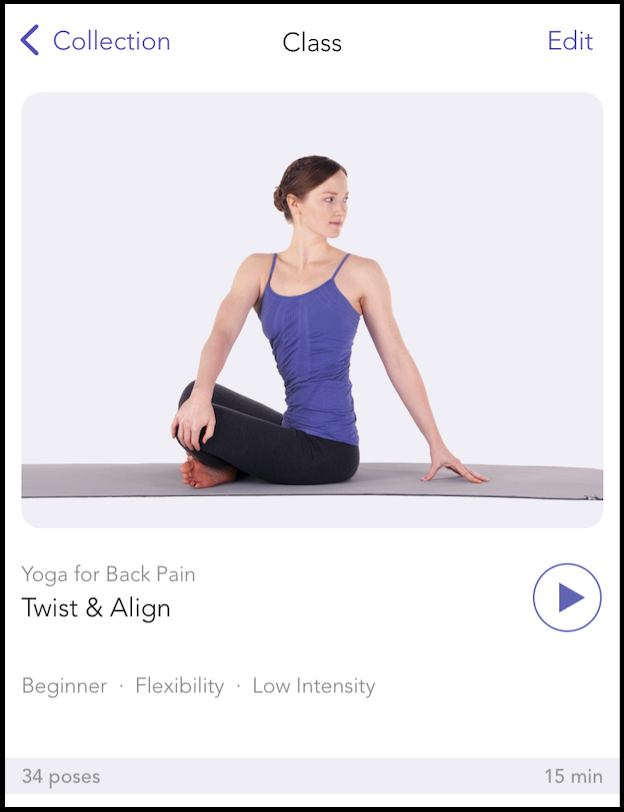Image from Yoga Studio
According to a 2016 survey conducted by Yoga Alliance and Yoga Journal, over 36 million Americans practiced yoga in 2016—a fast-growing increase from the 20 million who reported doing yoga in 2012! I can only imagine that even more people have at least tried yoga by now (2022), considering this same survey found that nine out of ten Americans had heard of yoga and a third of Americans were “very likely” to try yoga in the next year.
We’ve all heard of the possible health benefits of yoga, including improvements to strength, balance, and flexibility; heart health; stress management and relaxation; and better self-care. (Sounds a lot like the health benefits of meditation!) But according to this fantastically skeptical meta-analysis by Julia Belluz at Vox, not all of these health claims have been scientifically proven.
A meta-analysis is when a person looks at all of the studies done on a particular topic and tries to find the overall pattern of results. Yoga is a tricky subject to meta-analyze because there are so many different types of yoga (such as vinyasa, kundalini, hatha, ashtanga, and bikram), which may all have slightly different effects. The medical research on yoga also suffers from serious weaknesses, as Julia points out, including small studies with only a few participants and the inability to “blind” participants about whether they are participating in the intervention or a placebo (as, obviously, people know whether they are doing yoga).
Some of the supposed health benefits have mixed scientific evidence behind them (like flushing out toxins from the body). However, there are some areas of medical benefit that are backed up with evidence: yoga can reduce inflammation, improve strength and flexibility, and alleviate lower back pain! In general, as Julia concludes, “If you like yoga, keep doing it. There’s no evidence that it’s particularly harmful, and it can lead to a range of health benefits.”
Let’s talk about improving lower back pain in particular. I’ve had bouts of sciatica and other issues with nerve and lower back pain, beginning in my senior year of college and occurring throughout the years, depending on how much desk-sitting I was doing. (Since 2017, I have discovered the benefit of a standing desk coupled with an anti-fatigue mat, and things have gotten a lot better!) During these times of pain, I have definitely benefited from yoga.
I recommend the Yoga Studio app if you are interested in learning more about how yoga can improve your lower back pain. There are a lot of reasons to love this yoga app (not least because the annual fee is less than one in-person class at a studio!). My personal reason for loyalty to this app is the “Yoga for Back Pain” series of classes. This eight-class collection has five beginner-level and three intermediate-level classes, all ranging from 10 to 20 minutes in length. Soothing music is paired with clear visuals and verbal instructions. My favorite is the “Twist and Align” class, because it has the Reclined Pigeon pose, which just does wonders for any lower back and nerve pain I may be having. It’s also a wonderful set of stretches to do just before bed—it makes me feel very relaxed and ready for sleep!
Namaste!
